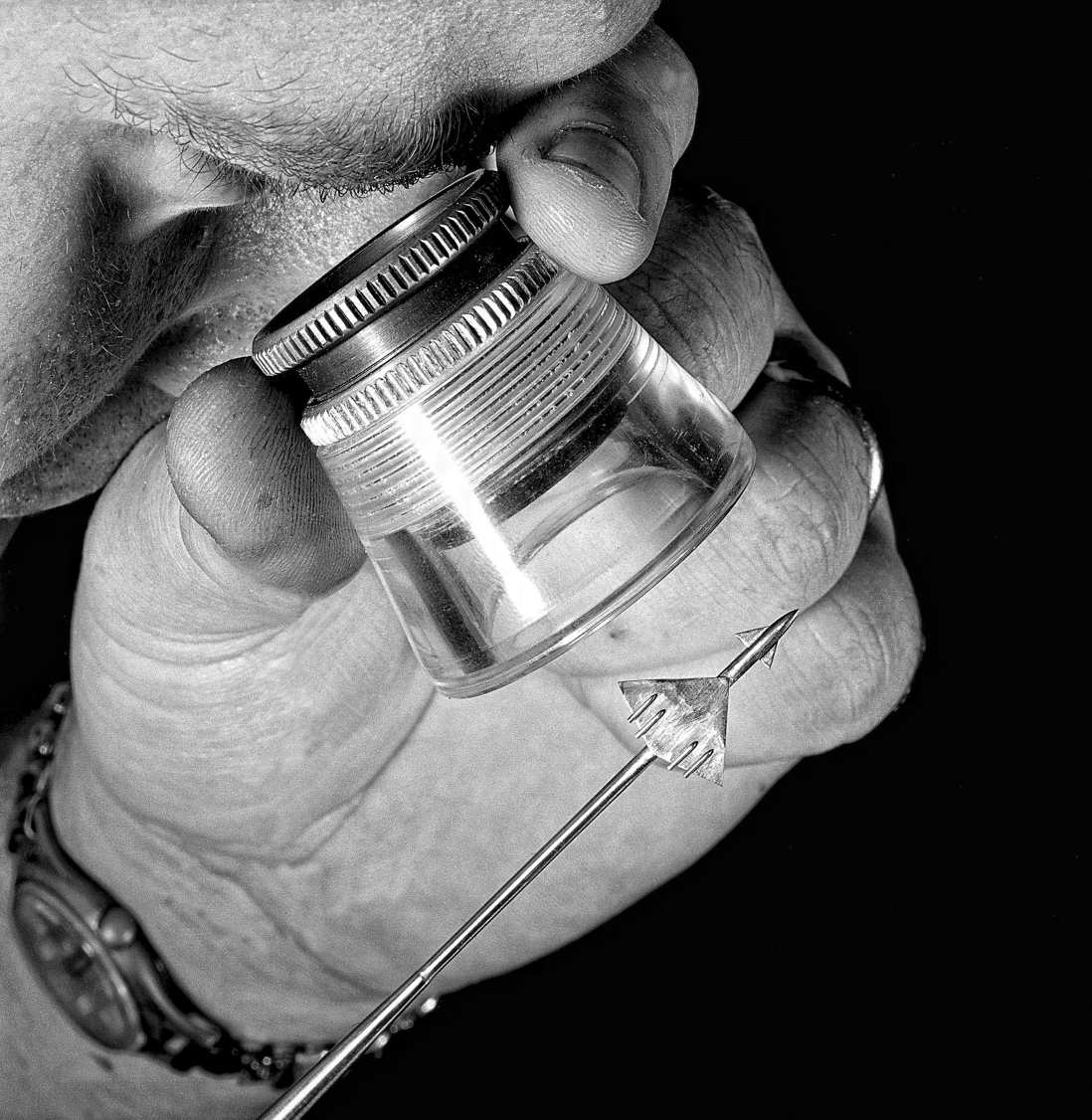There are lots of debates and discussions about what makes a great designer. Should you be a jack-of-all-trades or specialize in one domain? Do you need to know how to code in HTML? What is a full-stack design unicorn, and how do I become one?
Whether you’re a seasoned professional or a new graduate, questions like these can be difficult and confusing. Luckily, there aren’t any wrong answers, as each design role requires different skillsets. But while art directing an ad campaign may take different skills than designing an airport’s check-in experience, all great designers care about four main things.
Great Designers Care About People
We make things for people, and those people aren’t us. Because we’re making stuff for others, we need to care about and understand them.
Great designers understand people on intellectual and emotional levels.
Behavioral science (e.g. psychology) is intellectual and teaches us how to conduct research, design experiments, and observe people. These tools are rooted in the scientific method and help us collect information about people in structured ways.
Actors rehearse, painters sketch, and great designers prototype
Empathy, on the other hand, is emotional. Feeling what others feel gives us deep insight into what they need. Empathetic design techniques are rooted in art and drama, and they inform our design intuition. For example, the fitness trainer Drew Manning gained weight for six months and then went through his own fitness program. The process opened his eyes to the emotional challenges his clients face, giving him a richer understanding of their experiences.
Thankfully, we don’t always need to actually become our users to feel what they feel. Our brains are wired for empathy, and there are to improve our empathy skills. For example, taking acting classes can help us open up to others’ experiences. In addition, practicing mindfulness (yes, including meditation) actually increases the density of the areas of our brain associated with empathy.
Great Designers Care About Craft
While caring about people motivates us to create, a sense of craft motivates us to create well. We give form to our ideas and iterate on them, while paying attention to every detail.
The exact skills needed to perfect your craft differ, depending on where you work and what you make. An architect creates models to give form to a building’s design, while a visual designer might create style tiles to give form to a brand identity. Meanwhile, an aircraft designer might test a 3D-printed model in a wind tunnel, and an interaction designer might test an interactive app mockup with users.
But how do we prototype something non-tangible, like a health intervention strategy or a value proposition? Service designers, for example, role-play scenarios, create videos, and carry out concierge tests. Indeed, one of our designer super-powers is, to paraphrase Sabrina Pasterski, spotting elegance in the chaos. Craft then allows us to get that elegance out of our heads and into the world.
Great Designers Care About Why
Our passion to create often comes with an eye for detail, and behind every design detail lies a decision. But many of the decisions we make in life are arbitrary. Do I wear the blue shirt today or the black one? Should I walk on the left side of the street or the right? Those little decisions mostly have such a small impact on our lives that we don’t really notice or mind either way.
While we craft and design, however, our decisions have more impact. Dieter Rams’ eighth principle of good design is “Good design is thorough down to the last detail.” Nothing is left to chance.
Great designers make mindful choices, not arbitrary ones.
We can help ourselves make choices mindfully by setting a clear vision for any project, which in turn drives our rationale. This starts with understanding the needs of the people for whom we create (we care about them, remember?) and our own objectives. We can articulate our vision with requirements, user stories, personas, and roadmaps. And, because we designers don’t work in a vacuum, articulating our vision helps us communicate it to our teams and stakeholders.
Once we have a clear vision of where we’re going and how we want to get there, it can serve as input for things like experience principles and design guidelines. Following these heuristics keeps our decisions focused, and formalizing them helps different team members work toward the same vision. Indeed, true greatness can only happen when everyone involved buys into and is inspired by the broader vision.
Great Designers Care About Authenticity
Another great thing about understanding why is that it helps us stay authentic. On a personal level, authenticity is about doing what we believe in. On a design level, it’s about making sure the things we create actually do what they need to do.
Great designers inject their authentic selves into their work and create honest, meaningful things.
The key component to authenticity is honesty: be honest with yourself and honest with the people for whom you create. This honesty is about making choices, especially when it means giving something up. For example, on Black Friday in 2015, the outdoor gear retailer REI closed its doors and gave its employees paid vacation so they could go outside with friends and family. The company’s choice sends a powerful message, especially because they gave up a piece of the $1.8 billion in Black Friday revenue.
On a design level, honesty is making choices consistent with your vision and rationale, your why. For instance, the folks at Fairphone, an ethical smartphone maker, give up certain design luxuries in favor of their mission for fair electronics. They invest time and resources into designing a phone that’s easy and cheap to repair. In doing so, they give up potential revenue from people replacing broken Fairphones, because the company wants to reduce e-waste. They also spend more than their competitors on making their products, because they source conflict-free minerals and work with ethical manufacturing partners. For Fairphone, meaning lies in the company’s ethos, and that shines through every millimeter of their product and brand.
So Let’s Be Great
Great designers care about People, Craft, Why, & Authenticity. We care about helping people by creating wonderful things, while understanding the meaning of those things and who we are. As long as we focus on the important stuff, the rest will fall into place.
How do you feel about this list? Feel free to write an honest comment!
Special thanks to @MariePerez for the structure and inspiration for this post.
Looking for more info? Here are some great places to start:
Emotional Design: Why We Love (or Hate) Everyday Things – Don Norman on the three levels on which we experience things
Made to Stick: Why Some Ideas Survive and Others Die – Chip and Dan Heath on how to help other people remember what you say
What Makes a Great User Experience Designer – Whitney Hess on the same topic as this post
Ten Principles for Good Design – Dieter Rams’ design principles, which still hold today
Image of Ant-Man’s Airplane by Stuart Rankin.








